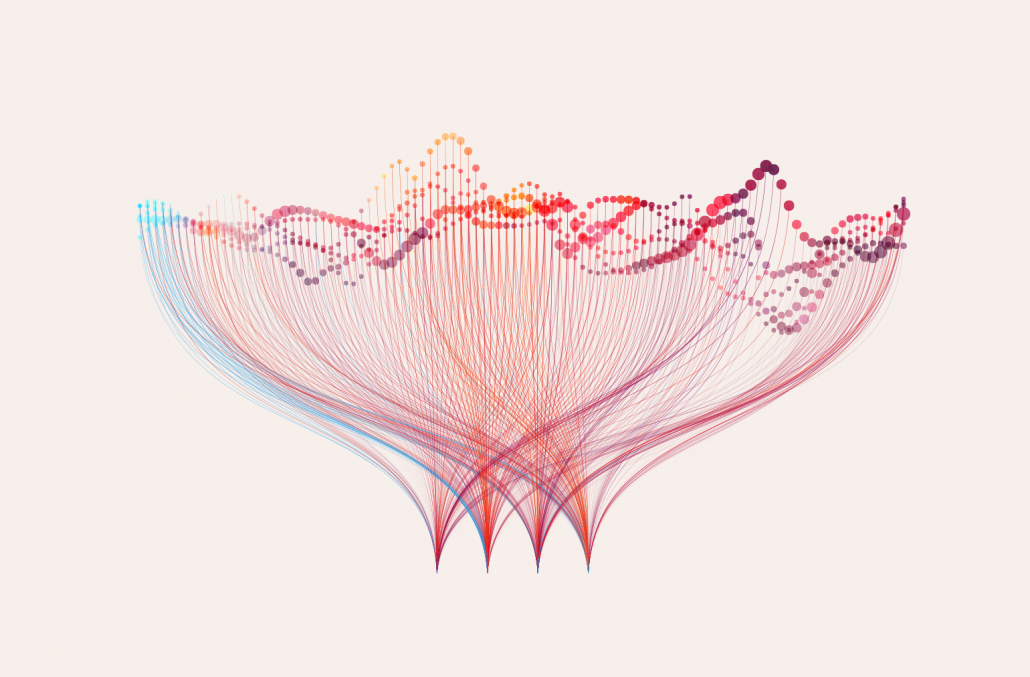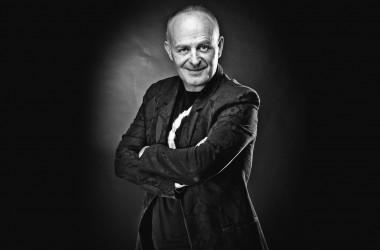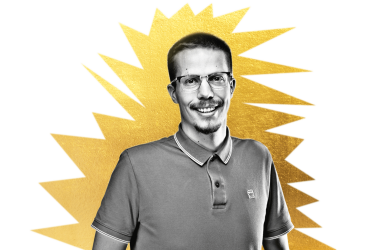Data hides the stories of people

Congratulations on receiving the prestigious title Media Star of the Future. How do you feel as the media star of the future?
I am glad that working with data is valued in Slovenia and that the jury has recognised the potential of the future in my work. But even more than the title I appreciate the opinion of my colleagues who nominated me for the award.
You were described as a true data genius who transforms the data into a marvellous user experience, which in turn turns into operating results. What attracts you to the data?
To me, data is inspiring. It reveals the stories of the people that I like to listen to and I enjoy giving meaning to the data. I believe that is the only way for me to create something that has value for the brand as well as for its users and customers.
Could you use the project you worked on to explain why the data is so important in the efficiency of a marketing strategy?
I don’t even know what a strategy without data would look like. Could that even be called strategy? There is probably a difference between how much data we use and how good it is. The more insight we gain, the more efficient we can be. We can catch small inefficiencies in the customer journey; for example, using web analytics for GoOpti we found out how to increase revenue by 4 percent a month simply by explaining a situation better to the users, so they can continue their path to purchase. We can create year-round marketing strategies using in-depth understanding of our customers – their customer journey, questions, decisions, issues, feelings, and “wow” moments. This is the way we at Futura tackle all multichannel marketing projects, because it serves as an excellent compass to the entire team. Then each expert additionally broadens the insight in their respective area, for example media buying, creative solutions, design, etc.
At Futura DDB, you participated in the internal reorganisation and the digital department processes. What did you emphasise the most, or, what is the most important in establishing a digital department in an agency?
People are the most important, followed by processes. It is important to find people with the right knowledge and mentality, and at the same time establish work processes allowing us to work together, to educate each other, and to improve the efficiency of the team. In the complexity of the digital world it is important to follow trends, but always in the context of the user. Everybody in the team understands the concept of the customer journey and user experience, and following that, each uses their own expertise to create a part of that path. We have excellent energy among ourselves and spend most of our time together even after work.
What do you like the most, and the least, about your work?
I like to feel like a detective discovering hidden traces in the data and assembling the whole story. I like it a little less when we don’t have a budget for it. Research and the establishment of advanced analytics are often the first victim of budget limiting, which shows that we need a lot more awareness and education.
One of your passions is also growth marketing or growth hacking, and you are exceedingly active in the construction of the Slovenian community. Why is this area important for Slovenian marketing?
Growth marketing is near to me because it emphasises data and the entire customer journey. It removes the ego from the process and clearly points to the best solutions. It also shifts the focus from advertising to the user experience, which means that we first make sure the existing users are satisfied, and then strive to obtain new ones. We all want relevant information and satisfactory shopping, but sometimes companies truly complicate our way to achieve this, because they don’t want to listen to our needs.
Actually, working in accordance with data is not new, but the technology gave us new ways to measure customer responses. As a matter of fact, there is now so much data that it is becoming problematic. Google Analytics is a typical example – we all have it, but not many know how to actually use it. In the data-driven approach the data itself is the least of the problems, it’s the “driven” part that is complicated.
In your opinion, what are the key characteristics each good media strategist should have?
Empathy, an analytic approach, curiosity, and passion for new technologies.
Where do you train or what do you do to improve your skills?
I learn the most when I am doing something I have not done before and exploring a new area. I also spend a lot of time reading online and talking to my colleagues who work in marketing. Sharing knowledge and experience seems important to me, because it helps the entire professional community to grow.
Could you recommend our readers the top three business books that helped you the most in your career path so far?
1. Ben Horowitz: The hard thing about hard things.
2. Martin Lindstrom: Small data.
3. Steve Krug: Don’t make me think.
What do you do to unwind from the day to day work?
I regularly do yoga, I run when the weather is nice, and when it is not, I watch Netflix and read novels. But the best way to unwind is to travel.
The interview was first published in the January 439/440 edition of MM.




